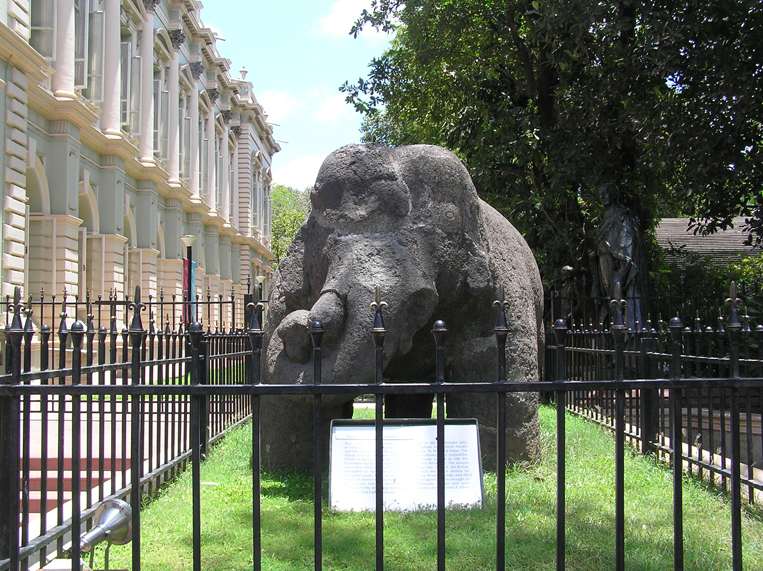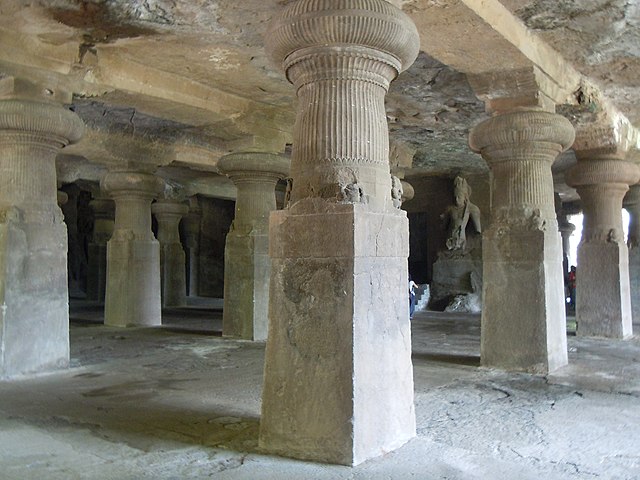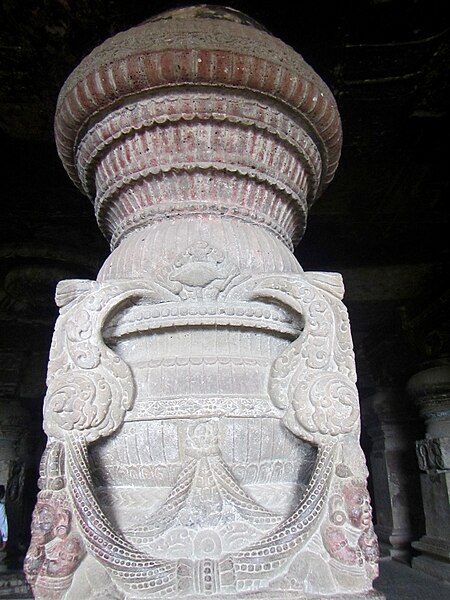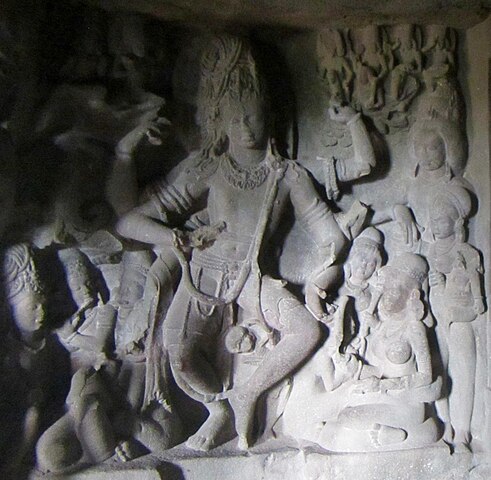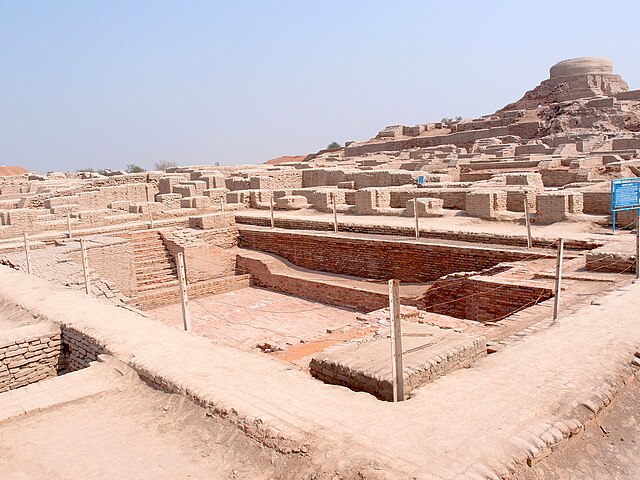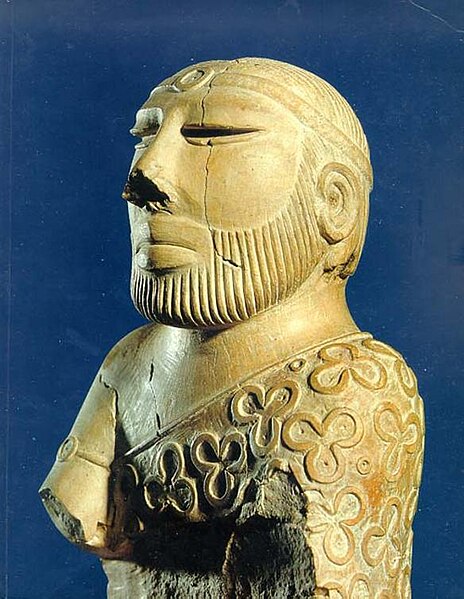We just learned about the Jama Masjid.
Another famous Indian work of art is the Taj Mahal, built in 1632 AD in Agra, Uttar Pradesh, India.
The building is 240 feet tall, and the area where the building is covers 42 acres of land.
There is a mosque and a guest house, and fancy gardens.
It was made as a tomb for the wife of the emperor Shah Jahan.
He was so sad when his wife Mumtaz Mahal died that he wanted to make a very fancy place for her body to be put to rest.
The name Taj Mahal means "Crown of the Palaces".
It took about 20,000 people to make all the artwork, the buildings, gardens and towers to get it done.

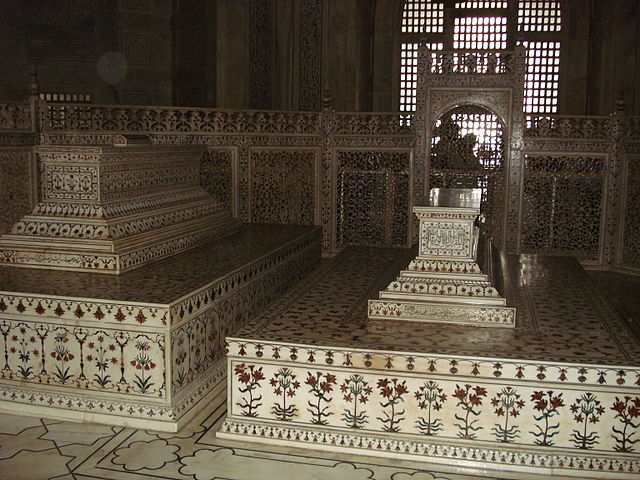

(from: wikipedia - taj mahal)
Kid Facts - Blast from the past: Houmuwu Ding






















